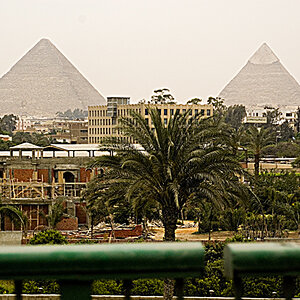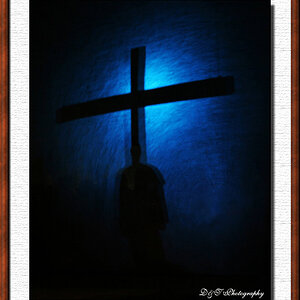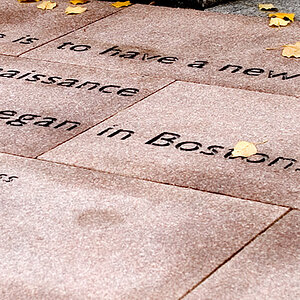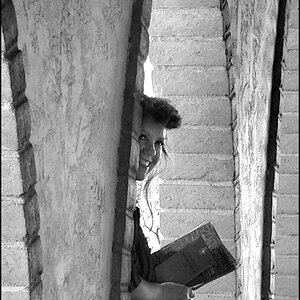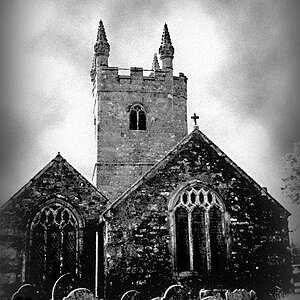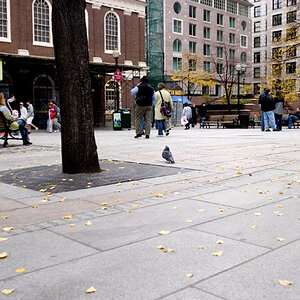Good afternoon all,
I've been trying to get my grips around getting a feel for depth in my prints and on screen.
I use a Nikon D70s and though I go to f/22, somehow, when I look at the picture on the screen or on print, I don't have this depth effect.
I've tried with a 70-300mm lens, a 18-70mm lens (both Nikon) and still to no avail.
I had a look through a Nikon D-200 and was surprised at the quality of said depth even by just looking through it.
Could it be the qualty of the lens I use or the camera?
Can anybody please help me - if my question makes sense :er:
Thank you,
Chris
I've been trying to get my grips around getting a feel for depth in my prints and on screen.
I use a Nikon D70s and though I go to f/22, somehow, when I look at the picture on the screen or on print, I don't have this depth effect.
I've tried with a 70-300mm lens, a 18-70mm lens (both Nikon) and still to no avail.
I had a look through a Nikon D-200 and was surprised at the quality of said depth even by just looking through it.
Could it be the qualty of the lens I use or the camera?
Can anybody please help me - if my question makes sense :er:
Thank you,
Chris



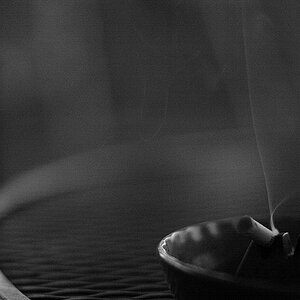
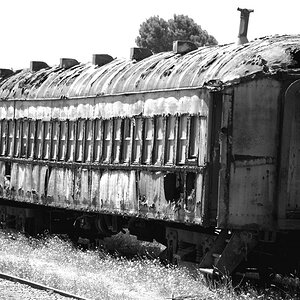
![[No title]](/data/xfmg/thumbnail/34/34065-43f99c081a04bd087c00711d2fe010ee.jpg?1619736261)
